
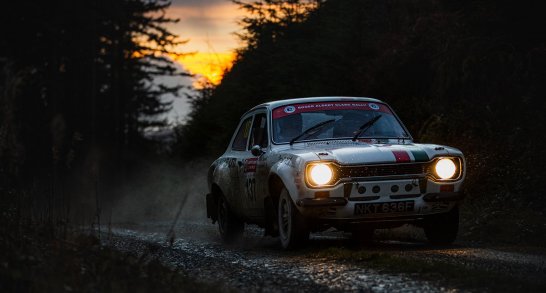

The dark of the night is all consuming, dusk has faded and now the forest is cloaked in black, opaque save for the twinkling of the stars through the canopy. The silence is deafening as well, broken by animals scurrying through the undergrowth, but to all intents noiseless. In the distance, though, there is the faint rumble of an engine, quiet at first and then suddenly bouncing off of the woodland, thunderous in its attack and then joined in its symphony by beams of light, splitting the night as they search headlong through the black. Then, as the audio and visuals reach their crescendo a competition car bursts through the scene, sliding, surging and at such a velocity in this confined space that it seems to pull the scenery towards it, rather than travelling through it, and then… gone, in a doppler howl, and silence returns. The reason for the machine’s appearance? The Roger Albert Clark Historic Rally.
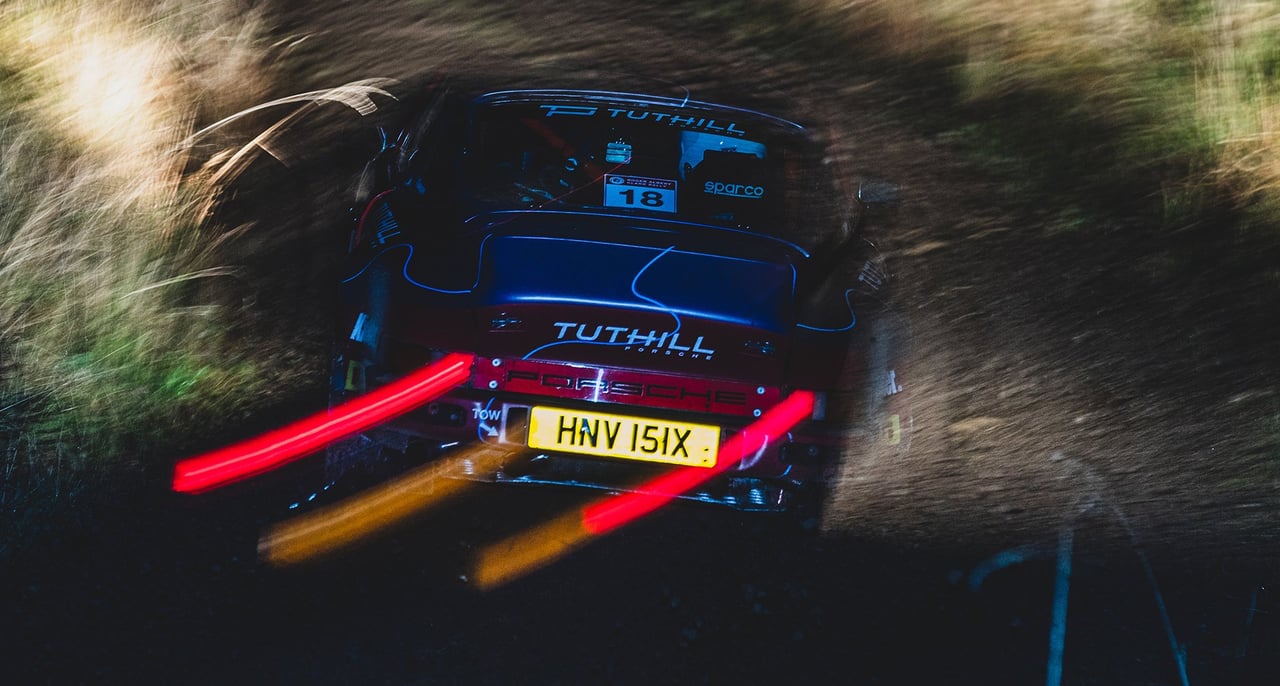


The Roger Albert Clark, or, conveniently, the RAC, recreates the halcyon days of the classic forest stage rallies of yesteryear. It is five days of unadulterated woodland competition, with classic machinery that brings back memories of names like Kankkunen, Sainz, Waldegard and Vatanen. This year it took place at the end of November and had an entry of 150 cars and was contested over 350 stage miles in a pulsating competition that was explosive from the very first stage and wasn’t settled until the final day. Just like the best classic motorsport events, this was no parade, and within the first 500 yards one of the early favourites, Roger Chilman, one of the many Escort drivers, had exited stage left, rolling out of the rally in the dark of the Northumbrian night. The rate of attrition would continue throughout, and even on the first evening of competition several big names were caught out by black ice, including Top Gear’s Chris Harris.



There were several top competitors in the entry, including Osian Pryce, a British Championship runner-up, and former winners and podium finishers that include the likes of Gwyndaf Evans and Stig Blomqvist. Equally, it includes those that just want to pitch themselves against the classic stages, and this year was no exception. Whilst there were those taking it extremely seriously, it is also, in the tradition of rallying, extremely accessible to the average Joe.
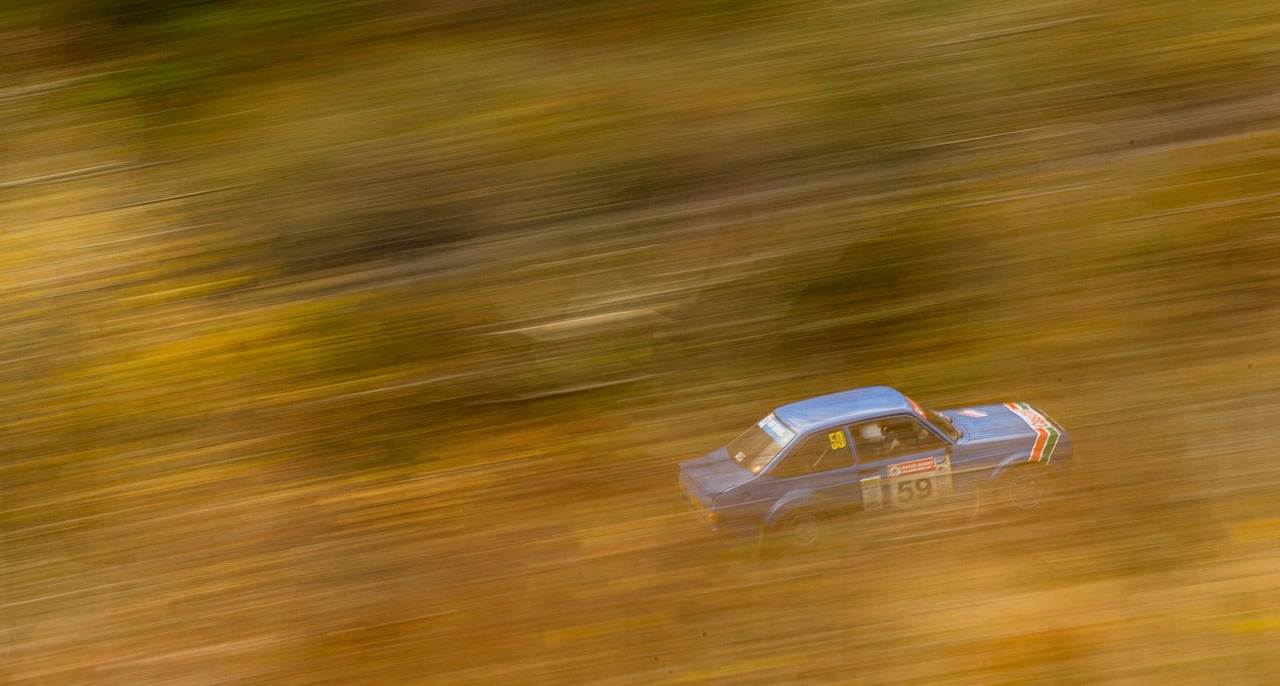
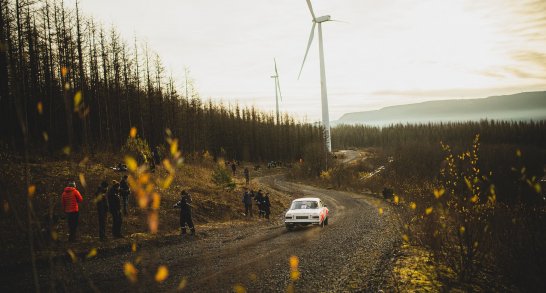
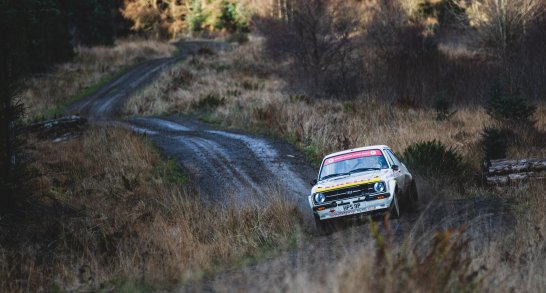
Over the five days the cars would tackle classic stages such as those in Kielder Forest, as well as Dyfnant and planned forays into Greskine and Ae Forest. However, Plans are never as straight forward as they ought to be, and whilst many cars were suffering at the rigours of the stages, the stages would suffer the venom of the weather as Storm Arwen swept across the land on the Saturday evening. That evening’s runs through Kielder had to be curtailed as trees fell and blocked stages, and 20 or so crews ended up spending nights in their cars as they were cut off in the forests themselves. The following day would suffer as well, and the Scottish stages would sadly fall victim to Arwen’s anger.

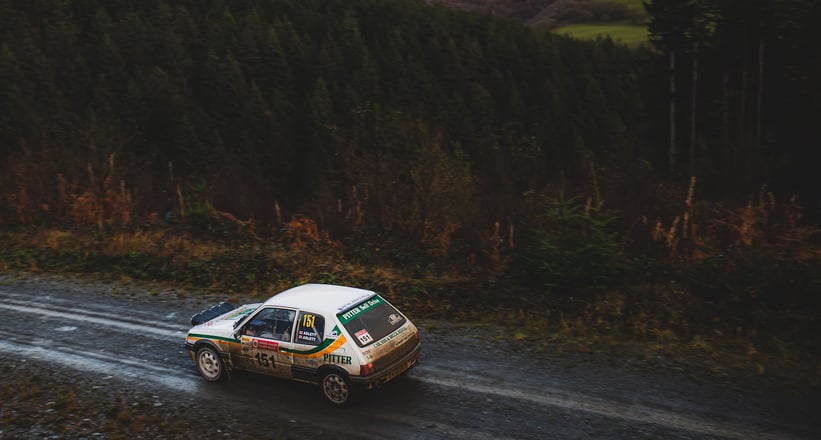

As it was, the rally resumed in Wales, and runaway leaders Pritchard and Clarke saw their bid for the win end in disaster as their Escort rolled. The next and final day of competition saw more drama, as second place challenger Osian Pryce took the corner off of his Escort, seemingly handing the win to another Escort driver Paul Barrett, until his and his co-drivers challenge ended in the undergrowth just a few miles later, as they rolled out at high speed.


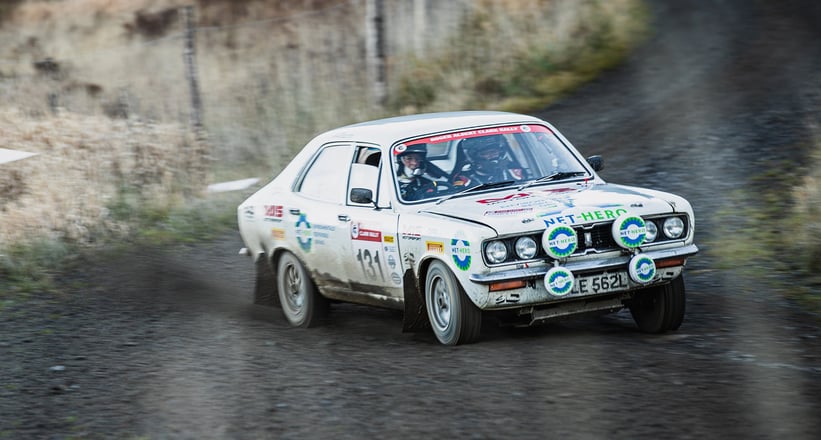
The extreme weather bought to the fore the issues of climate change that are so prevalent at the minute, and that threaten the future of classic motorsport. One team this year, though, was attempting to light a potential green path to the future for the sport, as it conducted an entirely carbon neutral campaign. Entered under the NET-HERO moniker, F1 guru Tony Jardine and Allan Harryman, son of the famous Terry, offset all of the emissions of the entire team using the NET-HERO carbon credits platform, a simple app that functions on a subscription service, a pay-as-you-go if you like, of carbon-offsetting for motorists of any ilk. The team would suffer their own mechanical issues throughout, but managed a respectable fifth in class finish in their Hillman Avenger.
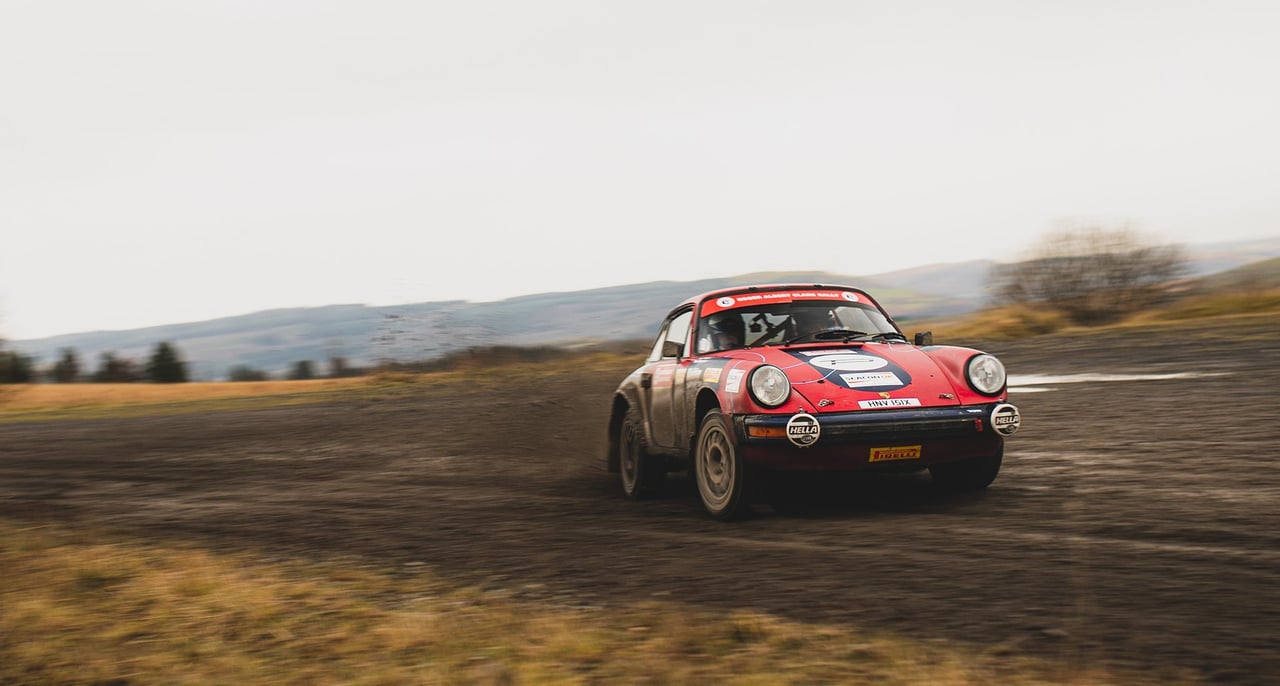
After all the drama, the win would eventually go to Ryan Chapman and Craig Thorley in their Tuthill prepared Safari Spec 911, an absolute fan-favourite and the first ever win for a non-Escort. Despite the cancelled stages, the rally had a bit of everything, and as one marshal put it “We’re stood in the woods in bad weather with cancelled stages, it’s just like the RAC used to be!” The Roger Albert sticks firmly to rallying’s old school values, but with the possible world first carbon neutral entry of Jardine and Harryman, it now has a foot in the future as well.
Text & photos: Will Broadhead








































